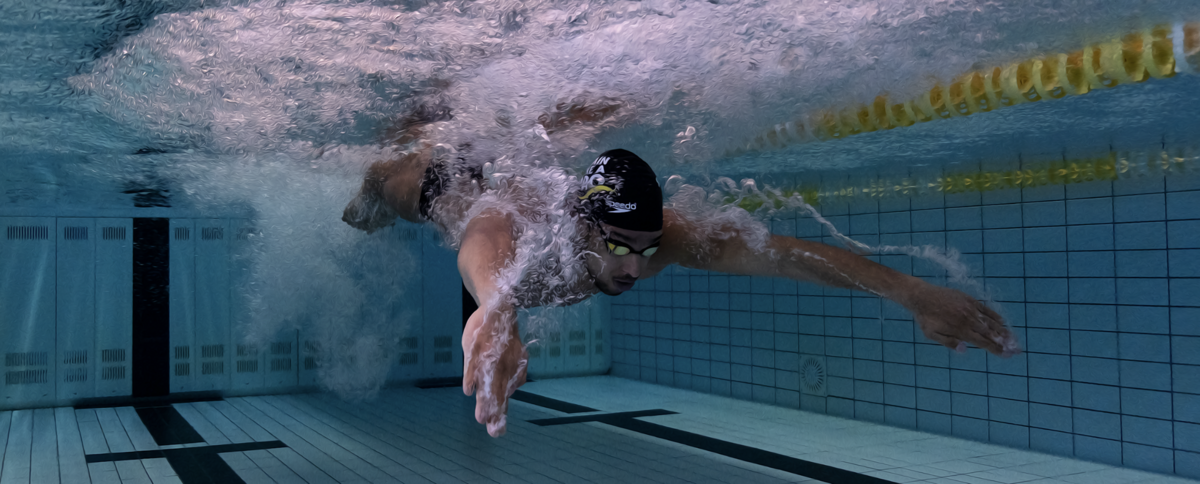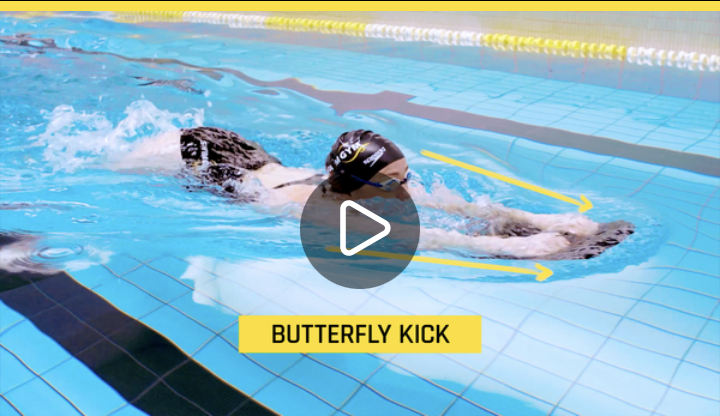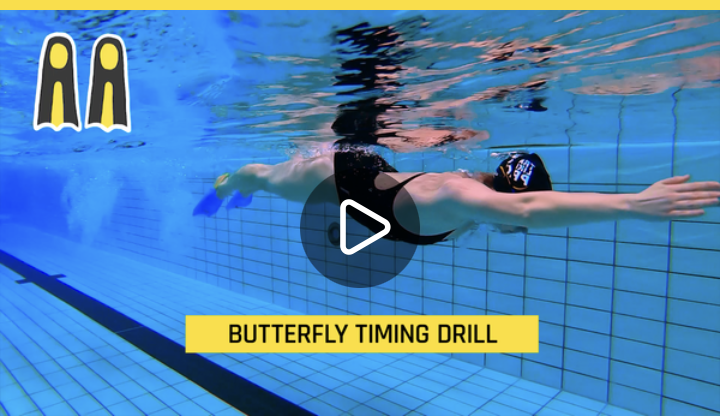Swimming blog - BUTTERFLY THE 5 KEY ELEMENTS OF BUTTERFLY
You've seen them doing it in the pool or at the Olympics. It looks beautiful and effortless and makes your jaw drop. You dream about what it would be like to fly. You want to turn from that caterpillar into a fully-fledged butterflier. If you are ready to tackle this beautiful stroke, then this blog is for you. Come on, lets get started!
Butterfly is a rhythmical stroke. It is swum on the chest with both arms moving simultaneously. The arms accompany the dolphin kick in a wonderful undulation that makes butterfly a beautiful but physically demanding stroke. We have broke it down into 5 key elements.
1. Kick
Butterfly is a very kick-dependent stroke. Not only does the kick provide propulsion, but it also provides timing and rhythm to the stroke. The dolphin kick is known as the fifth stroke. It is used in butterfly and in the underwater phase of the other strokes. The dolphin kick is swum with feet and legs together and both legs move up and down in one motion, just like a mermaid.
Video tutorial of the butterfly kick.
2. Undulation
The key to a good dolphin kick is the undulation of the hips. Meaning the hips move up and down. The hips transfer the energy to the knees and feet like a whip. Key is to push the bum up and then pull it down again while letting the legs move in a natural progression behind. Keeping too much tension in the legs will stop the acceleration of the knees and feet. Strong and flexible hip flexors are key to this movement.
3. Timing
There are two kicks for every one complete arm stroke. One as the hands enter the water and one as the hands exit the water. Even though the kick is one complete movement, we can separate it into the up and down kick. An up kick accompanies the hand entry and a down kick accompanies the hand exit. If the hips are undulating and timing is good, this will happen almost automatically. This timing gives great power and fluency to butterfly.
Video tutorial of the butterfly timing.
4. Pull-Through
Just like freestyle we want to get into a high elbow catch position as soon as possible. There is a pro and con to this. The con is that we have no body rotation to help us drop the hands. The pro is that both arms enter the water simultaneously, so the hand will most likely be higher than your elbows at the entry. The coach’s tip is to enter at shoulder width. This will help to make a small “s” movement that will facilitate the catch and drop of the hands. Holding the water, maintain a high elbow position and accelerate your arms through the water, pointing your fingers towards the bottom of the pool. The recovery is with straight arms over the water close to the surface. Fling them forward.
5. Breathing
Pull yourself forward to breathe and not push yourself out of the water. Breathe when accelerating your arms underwater. Your chin should be just on the water surface, touching it. The head moves back to a neutral position as the arms start the recovery. Try to avoid having your head looking up or out of the water when the hands re-enter the water. Looking down in a neutral head position allows for a comfortable hand entry and momentum to your butterfly.
Undulate and postulate that this is the beautiful stroke. Our 6 week step-by-step Butterfly Course is perfect for those who want to learn, improve or elevate their butterfly.


